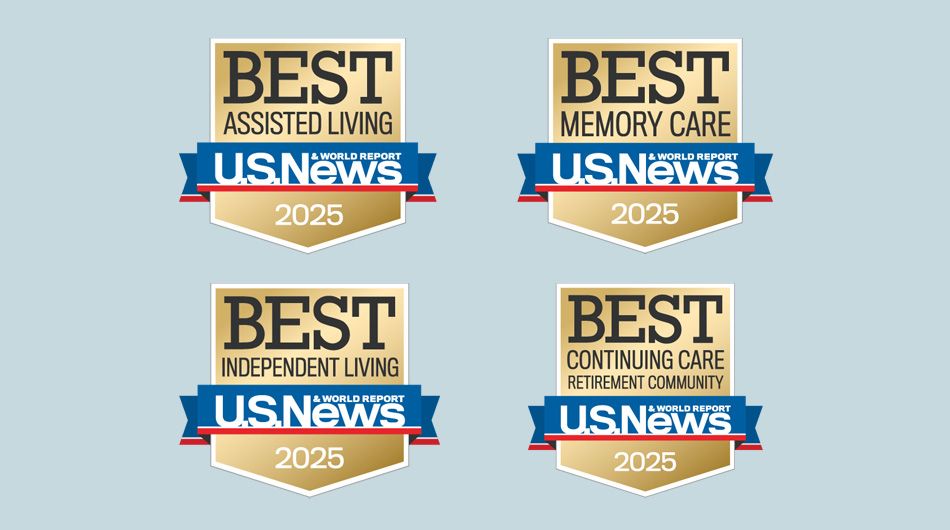In 2023, the median profit margin for home care agencies remained slim at just 9.7%, highlighting the financial vulnerability many providers face. To help your agency grow stronger and more sustainable, here are four actionable strategies to boost your profit margin this year.
Note: This article was originally published in the 2024 Activated Insights Benchmarking Report.
The biggest takeaway from the 2023 HCP Benchmarking Report was that the median profit margin for all agencies was just shy of 10% at 9.7%.
While this number is higher than it was last year, it still shows the sign of an industry where its agencies are one mistake away from going out of business. If you studied small business economics in college, you know that a small business should profit between 18 and 22% in order to grow and thrive. These resources are far greater than just money in the business owner’s pocket.
Rather, these resources can be used:
- to increase salaries of hard-working staff.
- expand to open multiple locations to serve more patients.
- as retention pieces to keep our care staff working for us.
It is imperative that the trend continues to grow. As a result, here are four tips that you can do to help increase your profit margin this year.
“Retaining your care staff is the number one way to increase your profits without adjusting anything else to your organization.”
1. Charge More for Service
This sounds obvious, but I also know this is the most unpopular decision of them all. Our patients need us. We don’t like charging more money. Most people don’t like charging what they currently are charging. In addition to this, we also understand that rising costs diminish the number of people who can afford our services.
I understand. However, with the economy being what it is, everything has gone up significantly. Airfare, food, utilities, rent and housing, etc. You name it. The cost of goods has increased. The cost of services has increased. Therefore, the quick fix here is to increase what we’re charging so that we can make up the difference.
This can be accomplished in two ways. First, Urgent Start Situations. When someone contacts you to start up care immediately (within 72 hours) this requires an “all-hands-on-deck” scenario, where everyone in your organization must stop their day-to-day responsibilities and work on staffing this case. There is a huge cost associated with the loss in productivity when this happens. Charge a startup fee in this instance to cover that cost ($100–$500 depending on your market).
Second, Sliding Scale. This mirrors what assisted living communities have always done. They charge a fee that is relative to the level of care required to manage their resident. The same applies here. There is a huge difference in the care needs of a “companion-level” patient versus a “medically complex” patient. We should be charging the difference (and compensating the assigned caregiver for their expertise).
These two small changes will make an immediate impact to both the bottom-line and your ability to staff those cases with ease.
2. Increase Billable Hours Per Client
In last year’s report, the median agency surveyed had one scheduler for every 731 billable hours per agency. This is a very, very low number from what my clients experience. Agencies really should be closer to 1,200,1,500, maybe even 2,000 hours per scheduler. Another stat showed how many office staff members there were for the revenue generated. This statistic showed that agencies with less than $3M in annual revenue were overstaffed, by my standards, having 3 staff members for every million in total revenue.
Why do these stats matter? Because it shows that most agencies surveyed have a low number of hours per week per client. (I would guesstimate around 20 hours/client/week.) If you have 50 patients on your census, it requires a certain number of office staff members to manage. However, if you have 50 patients that are getting 15 hours of care, this comes to only 750 hours per week. Conversely, when you have the same 50 patients but averaging 40 hours of care, this comes to 2,000 hours billed, which is significantly more revenue. Most of my clients that I work with now average 40 hours per week per patient, which is significantly higher than the industry-standard. In order to accomplish this, you must have a strong sales and marketing department.
3. Manage Care Staff Turnover
One of the statistics in the report showed the revenue generated per professional caregiver. Across the industry, in 2023, revenue generated per care professional declined from what it was the year before, especially in the Masters subcategory (those who make over $5M in revenue). In 2022, Masters had an average employee generating $28,000. However, last year in 2023 the report shows that the Masters caregivers generated closer to $20,000 which is an $8,000 reduction. This is because of the increase in overall caregiver turnover as the industry rose by almost 8%, now to 77%.
The goal that I have for all of my clients is to be able to retain an employee so that they service 3 patients during their tenure with the company. If your patients are averaging 40 hours per week as mentioned in the previous tip and your care staff are able to service 3 patients, meaning they transition from their first patient to their second and then eventually from their second to their third, this will significantly increase the revenue generated per employee, making your business much more efficient because of your ability to retain care staff.
Retaining your care staff is the number one way to increase your profits without adjusting anything else to your organization. Simple operational adjustments, such as: have a longer cancellation period, making sure that you retain the caregiver’s salaries between cases, offering shift work, and obviously having a steady flow of referrals coming in makes it easier to reassign care staff.
4. Take Responsibility Over Your KPIs
In many of the courses I teach my clients, I always start with knowing your KPIs, those Key Performance Indicators. When you manage your efficiencies and check your statistics on a quarterly basis, you can easily identify where you’re leaving money on the table. For example, in sales and marketing, when people are spending money on Google AdWords but aren’t checking their inquiries and conversions, this leaves almost an additional 50% of revenue on the table. Tracking your inquiries will go a long way to make your sales and marketing KPIs much more efficient.
In recruitment and retention, providers are throwing money at every possible way to get employees without tracking to see just how much money they spend on employee acquisition or what the efficiencies of those employees are once they start working. Are you hiring care staff from places that cost a lot of money, only to continue producing a high turnover rate? Allocate those funds into sources with proven higher retention rates to make sure you’re getting the most bang for your buck.
Finally, check to see if you’re spending your money efficiently within all areas of your business. Are you spending too much money on our software? Are you spending too much money on things that overlap? Is your software working to its fullest capabilities to ensure you don’t need to add other service providers to be able to operate business? Are you checking our merchant service fees? I had a client who was able to save $20,000 by making a switch to a different merchant services provider simply because they charged a much lower fee for generating their sales revenue. All of these things add up at the end of the day. And if you’re able to add 2% or 3% back to that bottomline without charging more because of these changes, it will have a huge impact on the overall profitability of your business.
With each tip you should be able to increase your profit by 2.5%, which will give you an extra 10% additional profit as your business operates profitably.
If you want help with how to do the things discussed here, check out our website homecareevolution.com.
About the Author
Steve “The Hurricane” Weiss is a dynamic and entertaining public speaker, known for his expert knowledge in all things sales and marketing. From a young age, Steve has been driven to succeed and excelled across vastly different industries. Steve founded Hurricane Marketing Enterprises in 2012 with a goal to help other business owners around the globe.
Steve’s passion is to lead business owners on the path to find people in need of their services and convert these prospects into clients. His company’s mission statement is to help business owners increase their census, revenue, and profits. Through his programs and presentations, he has guided thousands of individuals to grow their organizations and continues to help them blow away the competition.
With his dedication and hard work, Steve has developed a foolproof program that enables start-up companies to quickly get ahead of the competition while helping existing businesses experience an explosive transformation. Many of his clients double and even triple annual revenue in as little as 6 months.
Visit: homecareevolution.com
Related Posts











